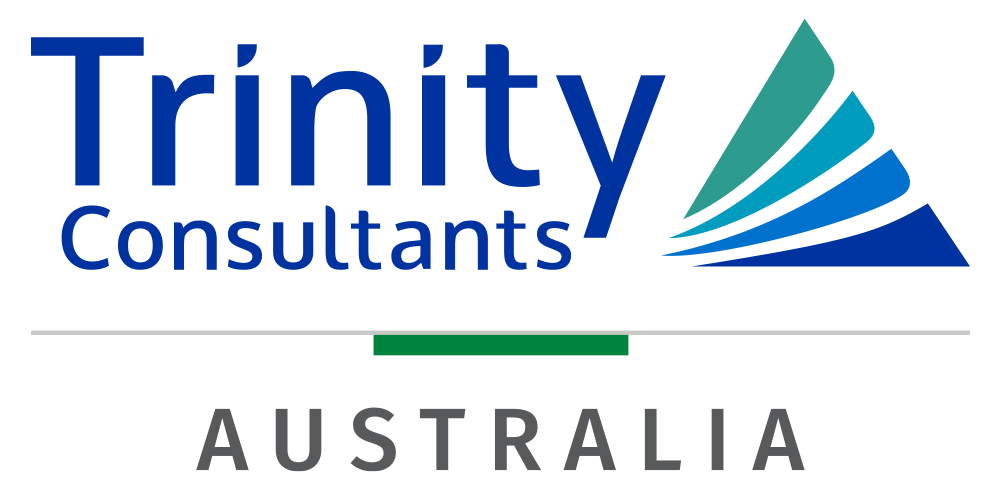Why are noise solutions crucial for wind farms?
Noise is one of the top challenges identified in obtaining permits for wind farm developments.
Issues can vary depending on complex factors including aerodynamic noise, mechanical noise and weather conditions.
So it’s important to access expertise early in a project lifecycle to optimise outcomes and reduce costs.
Supported by an international team with 20+ years of wind farm experience, Trinity is uniquely qualified to deliver comprehensive noise solutions for onshore and offshore developments.
What are our noise mitigation solutions?
Trinity has delivered solutions for multiple largescale wind farm developments, including noise impact assessments, constraints studies, and site and route selection assessments. We have also offered expert testimony at planning and arbitration hearings.
Our noise mitigation strategies include a variety of the below. Please contact us for a list of prior projects.
- Optimising wind turbine and power equipment
- Operating parameters
- Optimising buffer zone between sensitive receptors and wind turbines
- Customising a Noise Management Plan
- Providing advice on sustainable construction materials
Why Choose Trinity
- Supported by an international team with 20+ yrs wind farm experience
- Deep expertise in wind farm noise impact and meteorological modelling
- Extensive experience in large-scale noise surveys in remote locations
- Large fleet of equipment with remote access and real-time capabilities
Trinity capabilities
At Trinity, we offer comprehensive noise services to support wind farm developments at every stage of the project lifecycle.
Regulatory review
- Review relevant legislation, guidelines and planning conditions
- Advise on noise impact requirements throughout a project
Data review
- Acquire, compile and review diverse data within wind farm and adjacent to wind farm
- Data includes meteorological, geospatial, GIS on sensitive receptors, and sound power levels for noise sources
Noise modelling
- Create 3D noise models or 2D contour plots in-house based on required scenarios (including worst-case), as per ISO 9613-2 or Concawe
- Use a range of specialist software including CadnaA and SounPLAN 8.2
- Model likely impact of wind conditions on noise - and provide curtailment options based on various conditions
- Model cumulative impact of proposed windfarm and surrounding noise sources
- Simulate short-term construction noise impact, including offsite and onsite activities
- Assess noise control items, providing a lower cost means of considering different controls
Meteorological modelling
- 3D meteorology models using prognostic model software TAPM and WRF for implications on noise propagation
- In collaboration with partners, we also deliver higher resolution modelling of wind power at turbine height for siting analysis
Peer reviews
- Review internally or externally produced reports and information to strengthen and support research conclusions
Marine ecology and water quality
- Monitoring services for offshore windfarms
Noise impact assessment
- Detailed noise impact assessments for developers (incorporating many of the below capabilities)
Noise monitoring
- Ambient monitoring
- Underwater noise monitoring
- Baseline noise survey (short-, medium- or long-term monitoring)
- Annual survey
- Complaints instigated survey
- Infrasound survey
Stakeholder consultation
- Develop a stakeholder map and plan
- Execute proactive and reactive engagement strategies, including with relevant government authorities
Expert witness
- Provide expert testimony regarding noise sources and outputs, based on our own analysis
How we work
Our Trinity noise engineers collaborate with developers and diverse project stakeholders to deliver optimal solutions for each unique environment.
Engaging our team early in the project enables us to investigate an acoustically optimal location for your wind turbines. It also allows us to recommend mitigation strategies to optimise operations and reduce the likelihood of complaints.
Talk to us today.



